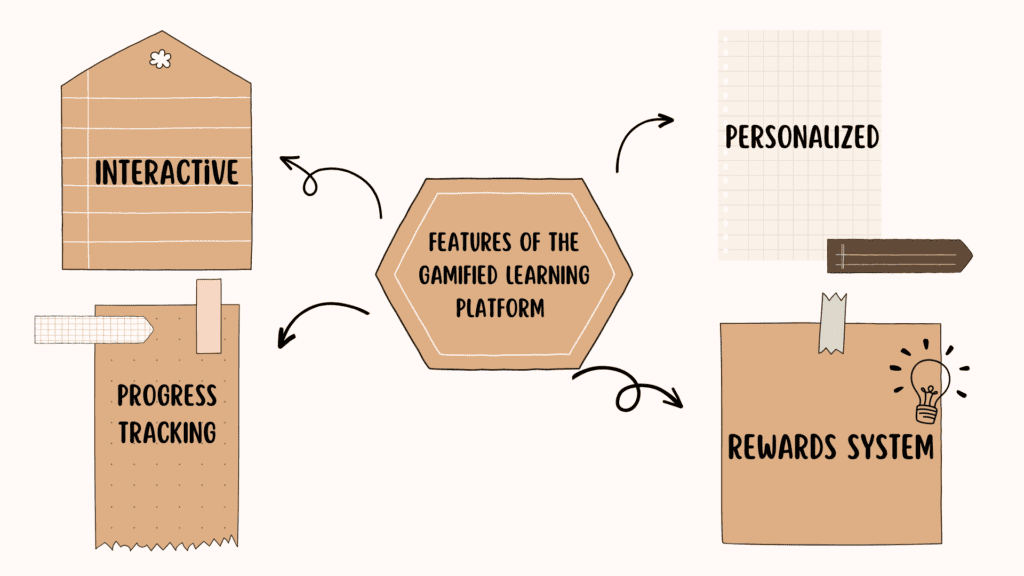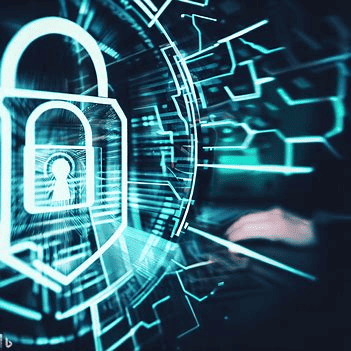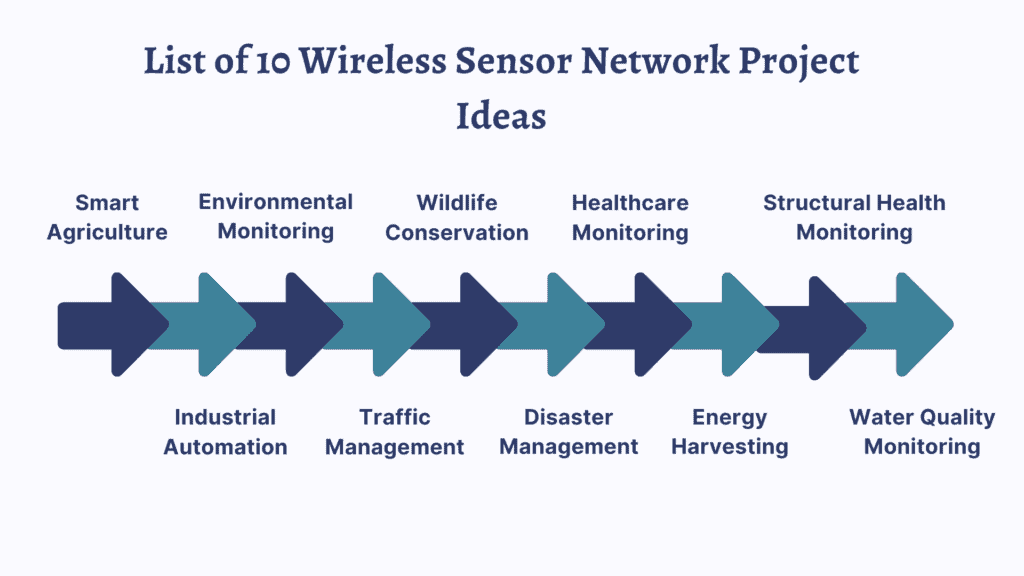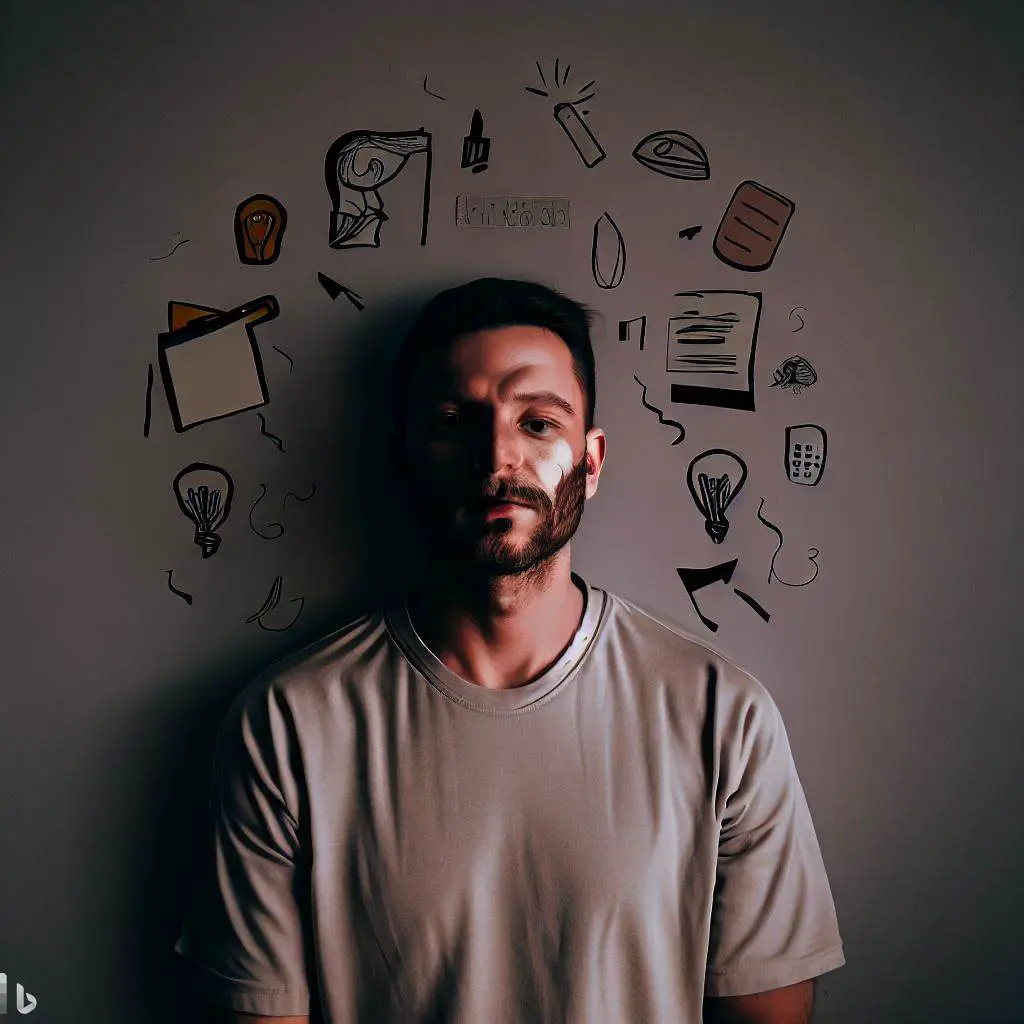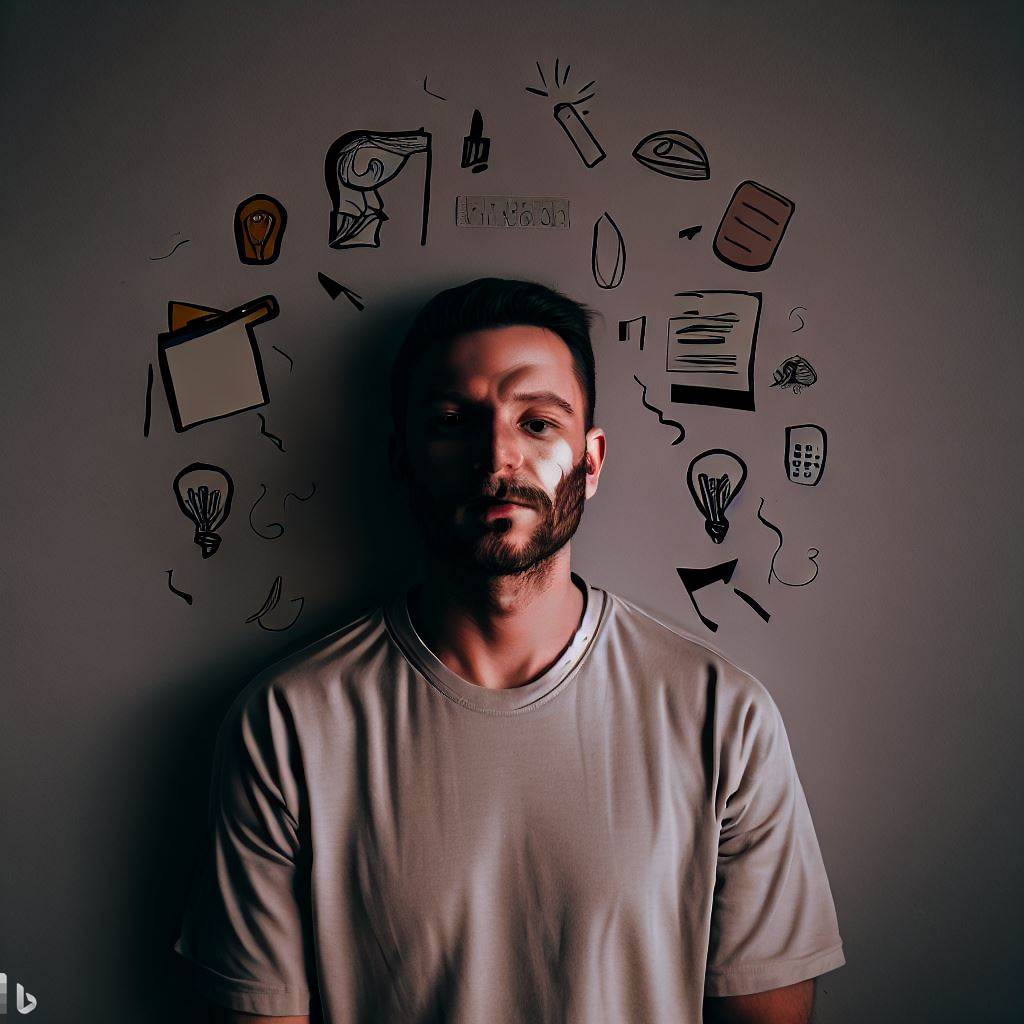Table of Contents
Key Takeaways
- The article provides a list of unique and creative vacation project ideas that can help individuals make the most of their time off.
- The ideas range from DIY home improvement projects to learning new skills or hobbies.
- The article emphasizes the importance of planning and organizing the project before starting to ensure a successful outcome.
- It suggests involving friends or family members in the project to make it more enjoyable and create lasting memories.
- The article also highlights the benefits of taking on a vacation project, such as personal growth, relaxation, and a sense of accomplishment.
- It encourages readers to choose a project that aligns with their interests and goals, as this will increase motivation and satisfaction.
- The article provides resources and tips for each project idea, making it easier for readers to get started and stay on track.
- It emphasizes the importance of setting realistic goals and timelines to avoid feeling overwhelmed or stressed during the vacation.
- The article concludes by reminding readers to have fun and enjoy the process of working on their vacation project, as it is ultimately a time for relaxation and rejuvenation.

Searching for vacation project ideas that are both fun and informative? Look no further! Here you’ll find plenty of exciting activities to make your holiday unforgettable. Whether you’re keen on adventure or just want to relax, it’s all here!
- Explore historical landmarks: Visit iconic monuments and delve into the past of different destinations.
- Try out new cuisines: Enjoy local delicacies and sample the flavors of various cultures.
- Engage in outdoor sports: Get your blood pumping with thrilling activities like hiking, kayaking or rock climbing.
- Volunteer for a cause: Make a difference by dedicating some of your time to community service while on holiday.
- Learn a new skill: Use your free time to pick up a hobby or master a craft, such as painting, photography or cooking.
- Relax and rejuvenate: Unwind at luxury spas or peaceful beaches. Take this chance to pamper yourself and recharge.
Discover unique details about each activity. Find hidden gems within popular attractions or try unknown recipes from around the world. Immerse yourself in the local culture and make memories that will last forever.
Don’t miss out on these awesome vacation project ideas! Take an extraordinary journey that will give you tales to tell and experiences to keep forever. Start planning now and make the most of your next holiday. Time to grab your bucket and spade, as you create a beach project that will make your imagination soar like a seagull!
Beach Vacation Project Ideas

Create Memorable Beach Experiences in 5 Ways:
- Capture the Moment: Document your beach vacation by creating a scrapbook filled with photos, tickets, and mementos.
- Environmental Awareness: Conduct a beach clean-up project to contribute to the preservation of our oceans.
- Artistic Expression: Utilize the beach as a canvas and create sand sculptures or beach paintings.
- Dive into Marine Life: Research and create an informative presentation on the diverse marine species found in the beach ecosystem.
- Enhance Sustainability: Develop a project focused on promoting eco-friendly practices at the beach, such as reducing plastic waste.
Uncover lesser-known beaches that offer unique features like hidden coves, vibrant marine life, or stunning sunset views. Engage in water activities or explore nearby attractions to enhance your beach experience.
Pro Tip: Prioritize safety by checking weather conditions, learning about potential dangers, and packing essential items such as sunscreen and first aid kits.
Time to prove your detective skills while searching for seashells and lost souls, just don’t mix up the two.
Beach scavenger hunt
A Beach Scavenger Hunt is a fun way to get people of all ages involved. It brings excitement to any beach vacation, letting participants explore and search for items or complete tasks. Here’s how to plan one:
- Make a list of things to find or do. This may include looking for seashells of various shapes and colors, constructing sandcastles, spying certain birds or marine creatures, or even collecting different types of beach trash for a clean-up challenge.
- Put participants in teams and give them instructions and supplies. Each team should have its own area to search or complete tasks. Encourage teamwork and friendly competition!
- Set a timer to add urgency and make it more challenging. This also ensures participants remain engaged.
- After the hunt, bring the teams together and review their findings or tasks. Award prizes or recognition to the most successful or creative team.
Also, throw in educational aspects to the scavenger hunt, such as info about the environment, marine life, or local history as bonus challenges. This not only teaches, but also raises awareness and appreciation for the natural surroundings.
Pro Tip: Provide clear instructions and guidelines at the start to avoid confusion. This helps for smooth execution and maximizes enjoyment for everyone.
Sandcastle building competition
Building sandcastles is both a creative and competitive activity on the beach. Participants show off their skills by making unique structures with sand. Here’s a glimpse into the world of sandcastle building competitions!
Competitors are judged based on creativity, complexity and execution of their designs. They craft piles of sand into stunning masterpieces that amaze all who see them. The intricate carvings, attention to detail and clever use of natural elements make these creations stand out.
Did you know the tallest sandcastle ever built was 54 feet high? It was made in 1997 by a team led by Ted Siebert in Miami Beach, Florida for a Walt Disney World ad campaign.
Get the perfect beach selfie by angling your phone to hide sunburn and sand-filled cracks.
Beach photography project
Experiment and explore! Get down low or climb up high for stunning beach views. Zoom in on details like seashells, footprints, and wave patterns. Capture action shots of surfers and children playing. Take advantage of natural light for soft and warm lighting. Create silhouettes of people against a beach sunset backdrop.
Long exposure techniques? Black and white photography? You can do it all! Beach umbrellas, seaside flora, it’s all part of the experience. So grab your camera and let your imagination run wild! Who needs diamonds when you can collect seashells and turn them into unique crafts? Mother Nature is the ultimate jewelry designer!
Seashell collecting and crafts
Seashells can be made into lots of cool crafts! Here are some ideas:
- Jewelry: Seashells, wire, beads. Difficulty – Moderate.
- Wind Chimes: Seashells, string or fishing line, wooden base. Difficulty – Easy.
- Picture Frame: Seashells, wooden frame, glue gun. Difficulty – Moderate.
- Candle Holder: Seashells, glass candle holder, glue gun. Difficulty – Easy.
Make seashell art that’s uniquely yours! Mix and match different shapes and sizes for a special look.
Pro Tip: Before you start, clean the seashells to get rid of sand or dirt.
Why take a trip to the mountains when you can stay inside and watch people climb them on TV?
Mountain Vacation Project Ideas

If you’re planning a getaway in the mountains, here are some project ideas to make your vacation more memorable:
- Hiking trails exploration: Discover breathtaking views and immerse yourself in nature by exploring the various hiking trails available.
- Wildlife photography: Capture the beauty of the local fauna and flora through your lens, while respecting their natural habitat.
- Mountain biking adventures: Challenge yourself on thrilling mountain biking trails and experience the adrenaline rush of downhill rides.
- Rock climbing: Climb to new heights and conquer the imposing rock formations with the guidance of experienced instructors.
- Landscape painting: Let the awe-inspiring landscapes inspire your artistic side as you create your own masterpiece.
- Camping and stargazing: Spend peaceful nights under the stars, connecting with nature and marveling at the brilliance of the night sky.
For a truly unique experience, consider participating in local cultural activities or attending traditional events, enhancing your mountain vacation with a touch of authenticity. Immerse yourself in the local culture and discover the traditions of the mountain communities.
Pro Tip: Don’t forget to pack adequate gear and clothing suitable for mountainous terrain and weather conditions to ensure a safe and enjoyable vacation.
Whether you’re an experienced hiker or someone who gets winded climbing a flight of stairs, there’s a trail out there just waiting for you to stumble upon and question all of your life choices.
Hiking trail exploration
Winding trails invite exploration! Discover hidden gems – cascading waterfalls and panoramic viewpoints. Push your physical limits while enjoying the outdoors. See a range of flora and fauna that call these trails home. Capture lasting memories with stunning photographs.
Moreover, there are unique aspects of hiking trail exploration. Solitude and tranquility offer an escape from the hustle and bustle. Hiking can be a great opportunity for self-reflection.
Did you know? A study by the University of Michigan states that spending time in nature boosts mental health and well-being. Capture nature’s beauty on your camera – mountain selfies will only get you so far on Instagram!
Nature photography adventure
Uncover hidden gems. Wander off the beaten path and find secret spots for unique shots. These unknown places bring peace and let you photograph untouched landscapes.
Time it right. Nature photography is all about timing. Watch the golden hour or catch the special view of sunrise or sunset to give your pictures a mood. Wait for the perfect moment to click.
Observe wildlife. On a nature photography adventure, you’ll get to meet different animals. Respectfully take photos from far away with telephoto lenses.
Learn from the pros. Workshops or tours with experienced photographers can help you understand composition and camera settings to capture beautiful nature photographs.
Ansel Adams, a fantastic American landscape photographer, made great advancements in nature photography. His classic black-and-white pictures showed incredible natural views, making the genre more popular than ever. Adams’ passion for detail and skill in light and shadow still inspire photographers today.
Take your camera and explore the beautiful outdoors! Every shot brings us closer to understanding and appreciating nature. Get ready for the journey!
Wildlife observation project
When it comes to wildlife observation, there are lots of interesting projects. You can gain valuable knowledge about different species’ behavior and habitats. Here are some ideas for a wildlife observation project!
Take a look at this table:
| Project Name | Location | Duration |
|---|---|---|
| Bird Diversity | Rocky Mountains | 2 weeks |
| Mammal Tracking | Sierra Nevada | 1 month |
| Butterfly Survey | Appalachian Trail | 3 weeks |
The Bird Diversity project in the Rocky Mountains lets you witness many bird species in two weeks. The Mammal Tracking in the Sierra Nevada goes on for one month. The Butterfly Survey along the Appalachian Trail is three weeks of observing these lovely creatures.
These projects suit different interests and research areas. For example, you can study avian behavior, mammalian ecology, or butterfly conservation.
Animal tracking technology has revolutionized data collection, according to a study published in the Journal of Wildlife Management. This tech lets researchers see animal movement patterns and ecological interactions.
Wildlife observation projects offer lots of discoveries. Every moment you spend observing animals in nature helps us protect and conserve them. Dive into the wonders of wildlife observation and uncover Mother Nature’s secrets!
Outdoor cooking and survival skills
Outdoor cooking and survival skills are key when exploring the wilderness. Being able to make meals and navigate tricky situations can make or break a mountain holiday. To master these abilities, it is important to understand various techniques that will help keep you safe and well-fed.
Here’s a summary of some of the main aspects:
- Fire Building: Learn how to light a fire using materials found in nature.
- Shelter Building: Build a strong shelter to protect from harsh conditions.
- Foraging: Identifying edible plants and berries for sustenance.
- Hunting: Acquiring food by hunting game animals in approved areas.
- Knot Tying: Knowing different types of knots for various purposes.
Plus, there are other unique aspects worth noting. These include purifying water, basic first aid, and using tools like compasses and maps correctly.
To have a great mountain vacation, practice outdoor cooking and survival skills beforehand. Join local workshops or look up online tutorials to get guidance. Doing this, you will be ready for any unexpected surprises on your trip.
Gain the knowledge and abilities to have an amazing mountain holiday with tasty food cooked over a campfire and the power to take on any challenge. Start acquiring these essential outdoor cooking and survival skills now!
City Vacation Project Ideas
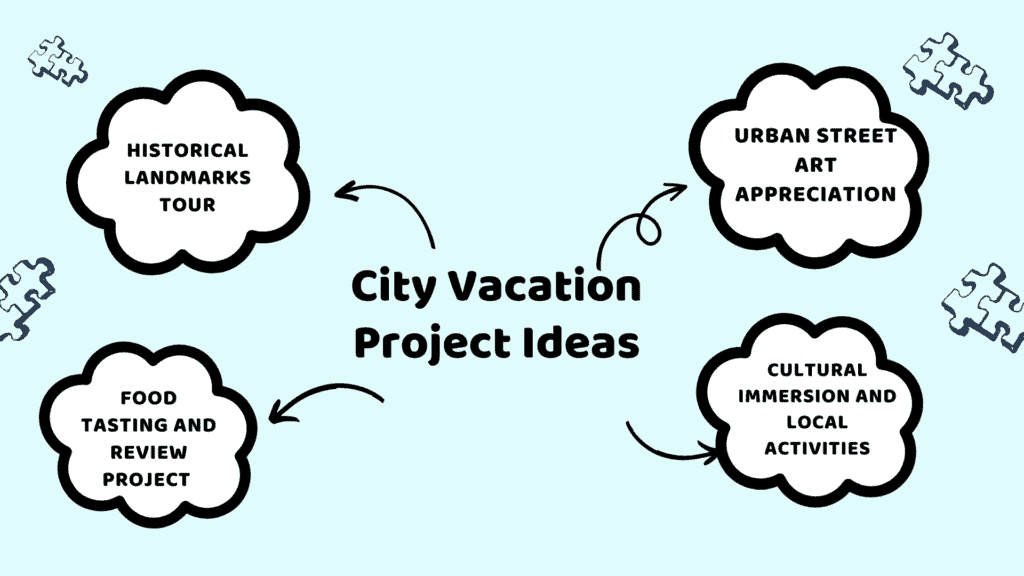
City Vacation Project Ideas can offer a multitude of opportunities to explore and discover the wonders of urban destinations. Utilize these ideas to make the most of your city vacation:
- Immerse yourself in the vibrant culture of the city by visiting local museums and art galleries.
- Embark on a culinary adventure by trying out the diverse cuisines and street food offerings.
- Explore the architectural marvels and iconic landmarks the city has to offer.
Uncover hidden gems and lesser-known attractions to enhance your city vacation experience. Consider unique spots recommended by locals or indulge in activities that showcase the city’s distinctive character.
Discovering the essence of a city through a vacation project can be an eye-opening experience. As an example, during my recent city vacation, I stumbled upon a quaint bookstore tucked away in a small alley. The cozy atmosphere, the aroma of books, and the friendly conversations with fellow book lovers made it a memorable and enriching experience.
With these city vacation project ideas, you can truly make the most of your urban adventure and create lasting memories. Who needs time travel when you can explore historical landmarks and feel ancient AF?
Historical landmarks tour
Experience a fascinating tour of historical landmarks and uncover hidden stories. Explore grand castles, cobblestone streets, and museums. Admire statues and monuments, and listen to tales from local historians. Unearth lesser-known details, like secret passages and hidden rooms.
Make your tour even more enriching with these suggestions:
- Try on period costumes and participate in hands-on activities at museums.
- Join themed walking tours, such as ghost tours or architectural walks.
- Attend historical reenactments or festivals that bring past events to life.
- Take part in workshops conducted by local artisans.
- Support preservation efforts and visit sites that are undergoing restoration.
Go on a historical landmarks tour and gain a profound appreciation for the city’s past. Create lasting memories and savor every bite of your culinary journey!
Food tasting and review project
In this project, set up a table to keep track of your food-tasting and review findings. Include columns such as “Restaurant Name,” “Location,” “Dish Tasted,” “Rating (Out of 5),” and “Comments.” Fill it with your own data from your culinary explorations.
| Restaurant Name | Location | Dish Tasted | Rating (Out of 5) | Comments |
|---|
You get the chance to spotlight the unique details of each restaurant. Capture the ambiance, presentation, and flavors for other travelers.
Pro Tip: To make the project more exciting, include photos or video clips of the dishes. Visual content adds extra zing to your reviews!
Urban street art appreciation
Urban street art allows us to get up close and personal with the community. We can get a peek into their ideas, values, and beliefs. Vibrant murals and graffiti pieces are like public galleries – art for everyone to view. You may find something truly special when you’re just strolling around town.
Urban street art breaks away from normalcy and encourages us to think about our environment. It can include intense topics or bring recognition to those who need it most. Plus, these artworks give cities a unique look. From enormous murals to small stencils, they inject life into plain urban areas.
Some cities even have tours for visitors to learn more about the art. Experts introduce the stories behind each creation. For instance, Berlin’s East Side Gallery is a piece of the Berlin Wall with over 100 paintings from different countries. It’s an iconic spot for art fans and a symbol of freedom.
So take time to appreciate the beauty of urban street art when you’re out and about – you never know what you’ll find!
Cultural immersion and local activities
Delve into the heart of the city. Unearth hidden gems and experience the city’s pulse firsthand. Immerse yourself in the local culture and discover a plethora of enriching activities. Discover the city’s art, history, and traditions intertwining.
Engage with local artisans as they demonstrate their intricate crafts, providing a peek into centuries-old techniques. Embark on a culinary journey through bustling markets and quaint cafes to savor traditional flavors unique to this city.
Indulge in mouthwatering delicacies prepared from age-old recipes. Let your taste buds unravel the secrets of this region’s gastronomic heritage.
As twilight descends upon the city streets, immerse yourself in its vibrant nightlife. Join locals at music venues where diverse melodies fill the air. Lose yourself in a symphony of sounds as talented musicians enthrall audiences.
One traveler stumbled upon a hidden courtyard transformed into an outdoor gallery by street artists. Mesmerized by the vivid colors and thought-provoking imagery, they were truly immersed in the creative spirit of the city.
This enchanting destination is your playground for cultural exploration and unforgettable experiences. Unearth hidden treasures and connect with its vibrant soul. A city vacation filled with cultural immersion and local activities promises endless enchantment.
Frequently Asked Questions
Q: What are some vacation project ideas for families?
A: 1. Create a scrapbook to document your vacation memories. 2. Design a family vacation photo book. 3. Build a sandcastle competition at the beach. 4. Have a family cooking challenge using local ingredients. 5. Plan and execute a treasure hunt at your vacation destination. 6. Organize a family talent show to showcase everyone’s skills.
Q: What are some vacation project ideas for solo travelers?
A: 1. Start a travel blog to document your experiences. 2. Learn a new language or practice language skills with locals. 3. Volunteer for a local organization or charity. 4. Create an itinerary to explore hidden gems and off-the-beaten-path locations. 5. Take up a creative hobby like painting, writing, or photography. 6. Engage in a self-reflection project, such as journaling or meditation.
Q: What are some vacation project ideas for nature enthusiasts?
A: 1. Create a nature journal to record different plant and animal species you encounter. 2. Learn about and photograph local flora and fauna. 3. Build a birdhouse or feeder. 4. Collect and identify different types of rocks or seashells. 5. Create a nature-themed scrapbook using leaves, flowers, and other natural materials. 6. Learn basic survival skills like building a shelter or starting a fire.
Conclusion
Exploring vacation project ideas reveals countless possibilities. Outdoor activities? Creative endeavors? Yes! But there’s more. How about volunteering for a conservation project? Not only can you make a positive impact, but make new friends and learn new skills. Another cool option: culinary travel! Cooking classes in various regions can sharpen kitchen skills and open doors to cultures and flavors.
Here’s a true story that captures the spirit of vacation projects: my friend decided to spend her summer break learning guitar. She practiced chords and melodies every day until she had mastered them. By the end, she was able to serenade us with beautiful tunes. Her joy and confidence blossomed!
References:
Also Read:

